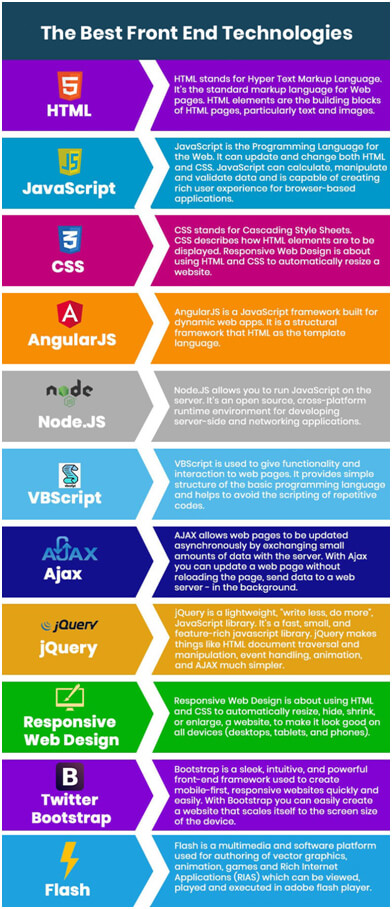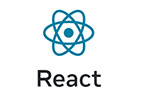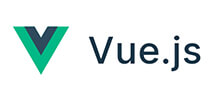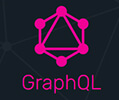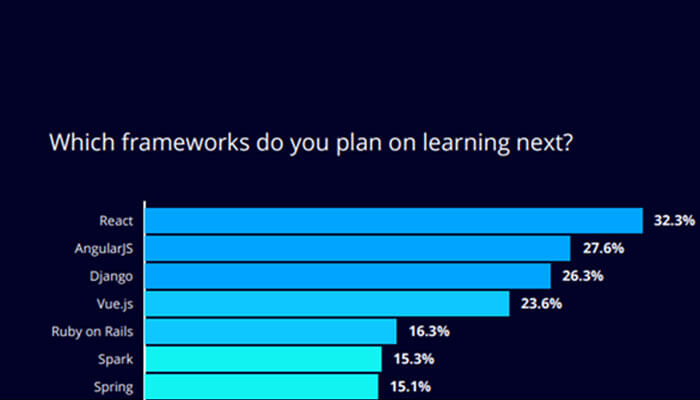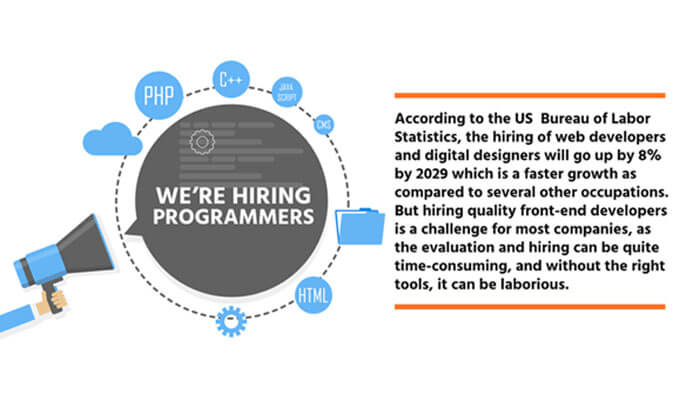As the world becomes more digitalized, the demand for front-end technologies and front-end developers is rapidly increasing.
Recruiters are constantly looking for new ways to hire front-end developers. After all, these developers are responsible for designing and coding the user interface of your website or application using front-end technologies.
As we approach 2023, new front-end technologies are on the horizon. Moreover, the existing ones are evolving, making it essential for developers to keep up with the latest trends.
In this blog, we will discuss the top front-end technologies to use in 2023 and how to hire front-end developers the right way. Let’s get going.
Top-7 Front-End Technologies to Leverage in 2023
1. React
React is a JavaScript library for building user interfaces. Developed by Facebook, it has become wildly popular in recent years.
Why is it useful:
1. Provides a component-based architecture and makes it easy to manage and reuse code
2. React’s virtual DOM allows for efficient updates and rendering of changes
3. Offers a vast ecosystem of tools and libraries, such as Redux, React Native, and Next.js, which makes it suitable for building complex web applications
2. Vue.js
Vue.js is another popular JavaScript framework that is gaining popularity rapidly.
Why is it useful:
1. Provides a reactive and composable view layer and helps build complex user interfaces
2. Has a small learning curve, making it easy for developers to get started quickly
3. Framework has a vast ecosystem of plugins and tools that make it suitable for building scalable and maintainable applications
3. Angular
Angular is a powerful JavaScript framework that has been around for a while. It was developed by Google and is known for its declarative templates and dependency injection.
Why is it useful:
1. Offers a complete solution for building large-scale applications with its powerful features such as two-way data binding, directives, and services
2. Has a vast community and ecosystem of tools and libraries
3. It is a popular choice for enterprise-level applications
4. Svelte
Svelte is a relatively new front-end framework that has gained popularity for its unique approach to building user interfaces.
Why is it useful:
1. A compiler-based framework that compiles components into highly optimized code, resulting in faster load times and better performance compared to other frameworks
2. It is easy to learn and has a small footprint, allowing for building fast and lightweight applications
5. WebAssembly
WebAssembly is a low-level bytecode format that allows developers to run high-performance applications on the web.
Why is it useful:
1. A compiler-based framework that compiles components into highly optimized code
2. It is a portable binary format that can be run on any modern browser
3. Doubles up as a powerful tool for building fast and efficient web applications
4. It can be used with various programming languages, such as C++, Rust, and Go
6. GraphQL
GraphQL is a query language for APIs that provides a more efficient and flexible approach to data fetching.
Why is it useful:
1. Allows developers to specify the exact data they need, reducing the number of API calls and improving performance
2. Provides a strong type system and helps maintain APIs over time
7. Tailwind CSS
Tailwind CSS is a utility-first CSS framework that provides a set of pre-defined classes that can be used to style HTML elements.
Why is it useful:
1. A popular choice for developers who prefer a more functional approach to styling
2. Offers a vast set of customizable classes and helps create unique as well as responsive designs.
Top Tips for Using Front-End Technologies in 2023
Here are some top tips for using front-end technologies in 2023:
1. Stay up to date:
The front-end landscape is constantly evolving, so it’s important to keep up with the latest trends and technologies. It is essential for developers to:
-
- Follow relevant blogs
- Attend conferences
- Join online communities to stay informed
2. Embrace Web Components:
Web Components are a set of standards that allow you to create reusable and customizable components that can be used across different frameworks and libraries. Embracing Web Components can help you build more scalable and maintainable front-end applications.
3. Optimize for performance:
With the increasing importance of user experience, performance optimization is more important than ever. Use tools like Lighthouse and WebPageTest to identify performance bottlenecks and optimize your code accordingly.
4. Use design systems:
Design systems provide a set of shared design elements and guidelines for creating consistent and cohesive user interfaces. They can save you time and effort in the design process and ensure a consistent user experience across your application.
5. Incorporate accessibility:
Accessibility is not only a legal requirement, but it also makes your application more inclusive and user-friendly. Use tools like aXe and the Accessibility Insights browser extension to identify accessibility issues and make necessary changes.
6. Adopt serverless architecture:
Serverless architecture allows you to build and deploy applications without the need for managing servers or infrastructure. As a result, you benefit from reduced costs and improved scalability.
7. Experiment with AI and Machine Learning:
The front-end is not just about UI anymore. With the advancements in AI and Machine Learning, you can now incorporate intelligent features like chatbots, recommendation engines, and image recognition into your front-end applications. Experiment with these technologies to create more engaging and personalized user experiences.
How to Hire the Right Front-End Developer?
Hiring the right front-end developer is crucial to the success of your web development project. Here’s how you can find the right person for the job:
Step 1: Determine Your Requirements
Before starting the hiring process, it’s important to define your requirements for the role. This includes the skills and experience you are looking for in a candidate, as well as the project requirements and goals.
Step 2: Look for Relevant Experience
When reviewing resumes and portfolios, look for candidates who have relevant experience in front-end development, particularly in the technologies you will be using.
Step 3: Check for Technical Skills
In addition to experience, make sure the candidate has the necessary technical skills, such as proficiency in HTML, CSS, JavaScript, and relevant front-end frameworks.
Step 4: Evaluate Communication + Collaboration Skills
Front-end developers work closely with designers, project managers, and other developers, so it’s important to evaluate candidates’ communication and collaboration skills. Look for candidates who are able to work effectively in a team environment and can communicate their ideas clearly.
Step 5: Conduct Technical Interviews
Technical interviews are an important part of the hiring process for front-end developers. Ask candidates to complete coding challenges or provide examples of their work to assess their technical skills and problem-solving abilities.
Step 6: Consider Culture Fit
Cultural fit is important in any hiring decision, and it’s no different when hiring a front-end developer. Look for candidates who share your company values and are excited about the project and the company.
Step 7: Check References
Finally, don’t forget to check references. Reach out to previous employers or clients to verify the candidate’s experience, work style, and performance.
Wrapping Up
In conclusion, front-end development is evolving rapidly, and developers must stay up-to-date with the latest trends and technologies.
React, Vue.js, Angular, Svelte, WebAssembly, GraphQL, and Tailwind CSS are some of the top front-end technologies to use in 2023. Remember that each of these technologies comes with its own set of advantages, features, and more. It is important to understand your organization’s needs and hire developers who can build fast, efficient, and scalable web applications.



